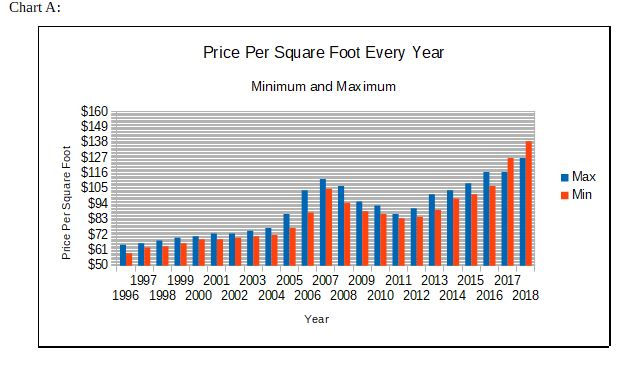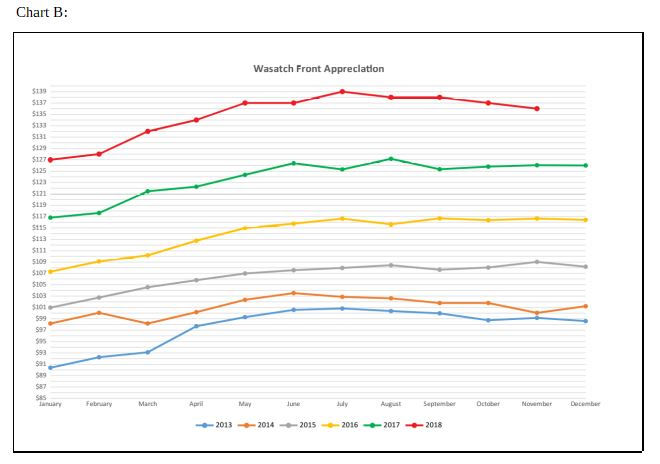Recessions: Be Informed and Prepared
- Jeff Jorgensen

- Jan 4, 2019
- 4 min read

Lately, people have been talking about the possibility of an oncoming recession. The trade war, rising interest rates, rising household debt, and changes in the stock market are caus
ing people to fear because memories of the recession that began in 2007 are still fresh in their minds. Fear is exactly the wrong reaction to have as the market changes because with fear comes chaos. Fear often stems from uncertainty, so it is important to be informed on market patterns and their effects, so we can react in the right way.
First, we need to remember that the market experiences natural ups and downs. The market is based off of supply and demand. Supply refers to the availability of a product or service, and demand refers to how many people want/need the product or service. For example, let’s say there is one house on the market, and only one person looking for a house. The supply is one, and the demand is one, so the market is steady. Now, let’s say there is still one house on the market, but now there are 10 people looking for a house. In this case, the demand for the house is very high, so the seller could choose the buyer with the highest offer. When demand is high, the price goes up. Now, let’s say there are 10 houses, and only one person looking for a house. In this case, the supply is too high for the demand, so the buyer can get a discount on whatever house they choose. When supply is higher than demand, the price goes down. These are simple examples, but they can be applied to the bigger picture, and help us understand market patterns.
For years now, there has been a greater demand than supply, so markets have been doing well, and prices have risen steadily, but even as prices have risen, there have been ups and downs. (See Chart B) In the housing market for the Wasatch Front, prices at the beginning of the year are lower than later months because less people go house hunting in the winter. As the temperature warms, more people begin to look for houses, so demand rises, and prices go up. At the end of the year, the temperature begins to drop again, causing less people to look for houses, so demand decreases, and prices stabilize. This has been the pattern for years, so people who know this pattern expect it. Others who do not know this pattern could become stressed, and think the market is failing.
Every market has ups and downs, and just like the housing market does, they depend on supply and demand. When demand has been high for an extended amount of time, prices rise continually. At some point, these prices get too high, so less people are willing to pay the price, and demand falls. When demand falls, the price falls. Usually, after the price drops enough, the demand grows again, and prices rise. Sometimes, demand falls quickly, and so do prices. When this happens, people begin to fear the market is failing, so they spend less money because that is our natural instinct.
The problem with this way of thinking, is that it doesn’t allow for the market to correct itself. Markets are healthiest when money circulates, so when people stop spending money, they hurt the market instead of helping it. When people stop spending money, demand goes down, which causes more people to stop spending money, so the demand drops again, and the cycle continues until people begin spending money again. When we spend money, we are giving each other jobs, but when we stop spending money, layoffs begin, and there is less money to go around.
Let’s look at two of the greatest recessions in history, the Great Depression and the Great Recession of 2008. In the Great Depression, the stock market crashed, and people panicked. They sold off their assets, which caused the supply to be too great for the demand. Prices continued to fall, and a large percentage of the population lost their jobs. It continued to be a dark time until the government stepped in and offered jobs, so people slowly began to spend money again, and the market recovered.
In 2007, the market was at an all time high. (See Chart A) At the time, banks had lending requirements that were too loose, so many people were borrowing far more money than they should have been able to, often for homes. They were unable to keep up with their payments because their debt was too high, so the housing market collapsed. Banks foreclosed houses across the nation, and created strict lending practices. This caused a domino effect. Banks flooded the market as they tried to resell foreclosed houses, and wouldn’t offer loans, so the housing market supply was far higher than the demand. People were having a hard time paying for their houses, so extra spending was cut to a minimum, and the unemployment rate grew. Eventually, the rate of foreclosures fell, and banks began to loan money again with lower interest rates. Over time, people began spending money again, and the economy recovered.
Another dip in the market is inevitable. The market has been rising for years at a high rate. When the market rises too high, a correction is needed to keep supply and demand in balance. It is necessary for the market to fall sometimes, but we can determine how drastic the impact is. The first thing we need to remember is to remain calm, and prepare before it arrives by studying market trends. Those with high debt are hit the hardest in recessions, so it is important to pay off debt at a steady rate. Save a portion of your income each month, try somewhere from 5-10% of your income. Continue spending/investing money, but at a rate you can afford. Remember, a healthy market is a market where money circulates. We reduce the impact of market dips with balanced spending. Market dips are natural and necessary, so don’t stress to much about the next market correction. Life goes on, so go out and enjoy it!




.jpg)



Comments